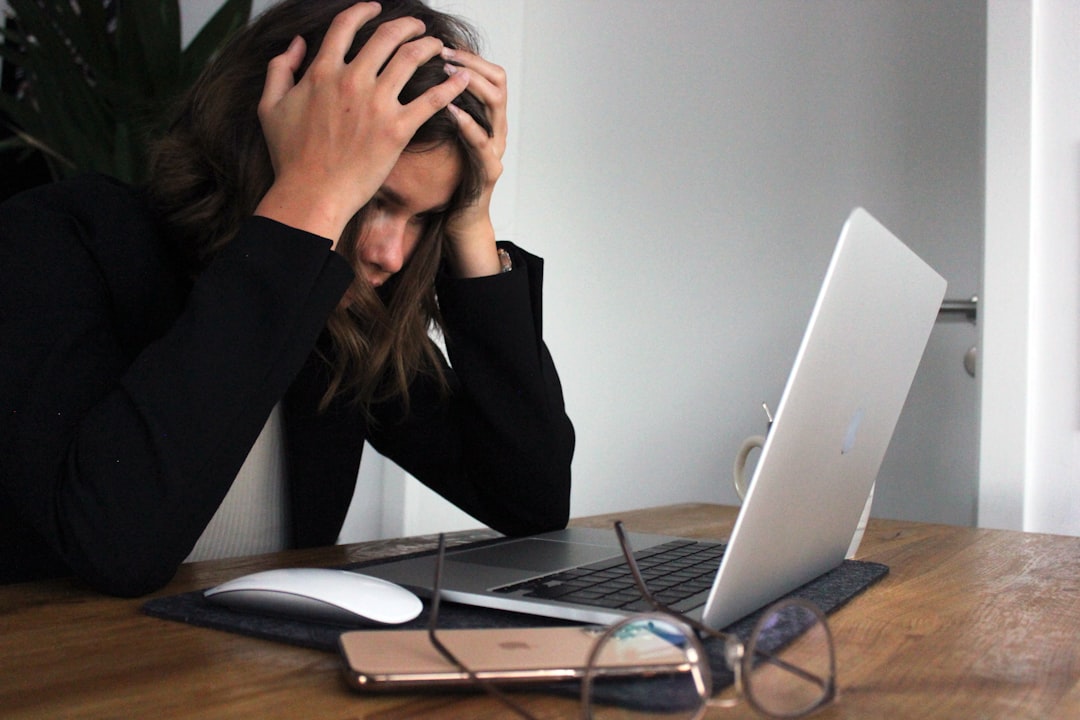What is it about?
This article investigates the use of female jurors in the English assize courts during the 1920s, when women were first permitted to serve in such courts. It constructs for the first time a fine-grain analysis of the role officials had - primarily in local government - in ensuring that few women were actually able to serve. The article draws on archival evidence, both at the National Archives and at various local archives, in order to piece together this story. What it finds is that women were more likely to appear on juries in some places than in others, and that different areas had different ideas about the sorts of trials which either should or should not feature women on the jury.
Featured Image
Why is it important?
This article has found that, in the decade after women were first permitted onto the jury, the numbers of women serving were actually declining. This adds significant detail to a topic which has previously only been studied from the perspective of those organised women's groups who campaigned for the abolition of the property qualification (a requirement for the possession of landed property of a certain value during this period necessarily excluding more women than men). By demonstrating that the number of women serving was decreasing during the 1920s, this project has brought into focus the significance of local administrative practices in keeping women off the jury after 1919.
Read the Original
This page is a summary of: Keeping women off the jury in 1920s England and Wales, Legal Studies, December 2017, Cambridge University Press,
DOI: 10.1111/lest.12169.
You can read the full text:
Contributors
The following have contributed to this page










